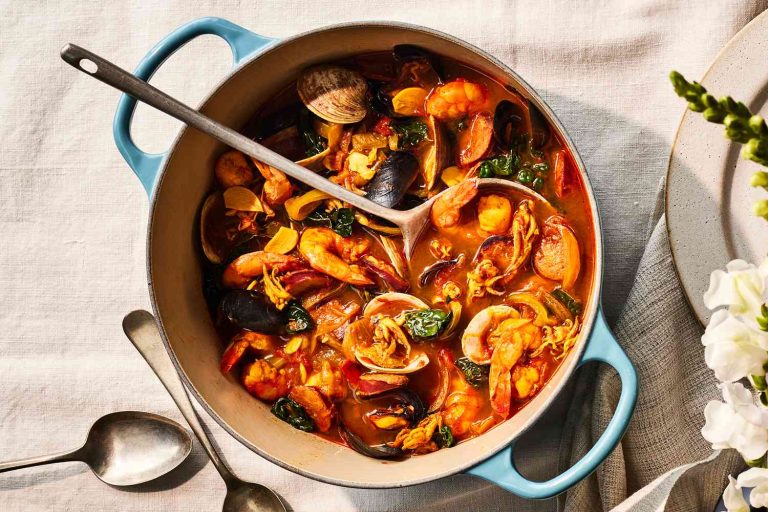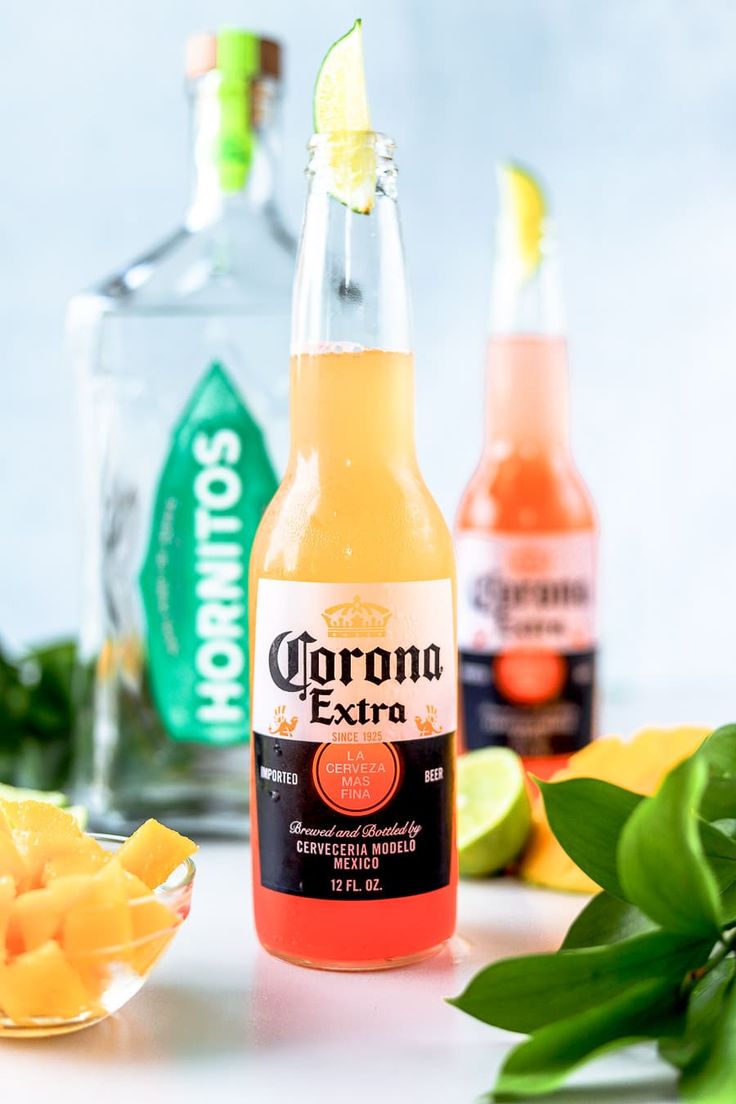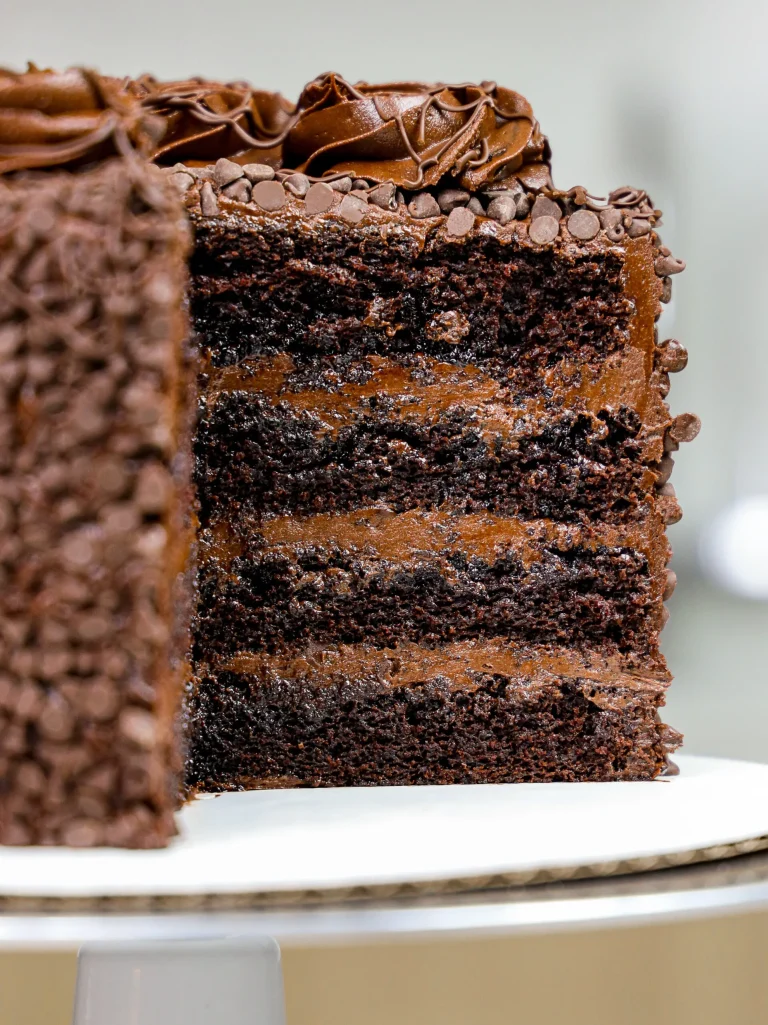Fruit Cake: History, Variations, and Modern Adaptations for Every Diet
Early versions of fruit cake date back to ancient Rome. Roman recipes included pomegranate seeds, pine nuts, and barley mash. During the Middle Ages, preserved fruits, honey, and spices became common ingredients, enhancing fruit cake’s flavor and longevity.
By the 16th century, fruit cake had evolved significantly. The discovery of the New World brought more affordable sugar, enabling the creation of candied fruits. With these new ingredients, fruit cake gained popularity across Europe, becoming a staple at holidays and celebrations.
Variations Across Cultures
Different cultures have their own takes on fruit cake, adding unique regional flavors and techniques. In Britain, fruitcake often includes currants, raisins, and spices, frequently soaked in alcohol. German Stollen, a beloved Christmas tradition, features dried fruits, nuts, and a marzipan core, topped with powdered sugar.
Panettone, an Italian favorite, is a lighter version with raisins and candied citrus peels. Caribbean black cake incorporates rum, often soaking dried fruits for months. In the United States, southern-style fruit cake includes pecans, adding a distinct American twist.
Fruit cake’s rich history and diverse variations offer a delicious journey through time and cultures.
Key Ingredients in Fruit Cake
Common Fruits and Nuts Used
Fruit cake includes a variety of fruits and nuts for a rich flavor and texture. Dried fruits like raisins, sultanas, and currants add sweetness. Candied fruits such as cherries, pineapple, and citrus peels bring color and a distinct taste. Nuts like almonds, walnuts, and pecans provide a crunchy contrast to the soft fruits.
Choice of Alcohol and Non-Alcoholic Substitutes
Alcohol, often used in fruit cake for preservation and flavor, typically includes rum, brandy, or sherry. These spirits enhance the cake’s richness. Non-alcoholic substitutes, for those who prefer them, include fruit juices such as orange or apple juice. These alternatives maintain moisture and offer a different, but still delightful, taste.
Preparation Techniques
Traditional Baking Methods
Start with gathering high-quality ingredients such as dried fruits, candied fruits, nuts, and alcohol for soaking. Chop the dried fruits and candied fruits to achieve uniform sizes. In a large bowl, soak the chopped fruits and nuts in your choice of alcohol for at least 24 hours, ensuring they absorb maximum flavor.
Prepare a mixture of butter, sugar, and eggs in a separate bowl, creaming them until light and fluffy. Gradually add sifted flour, spices, and baking powder, mixing until well combined. Fold in the soaked fruits and nuts, avoiding overmixing to retain a light texture.
Line a baking pan with parchment paper to prevent sticking, then pour in the batter. Preheat your oven to 275°F (135°C) for slow baking. Bake the cake for about 2-3 hours, checking for doneness with a toothpick. After baking, cool the cake completely before storing.
Condition the cake with additional alcohol every few weeks if you’re aging it for better flavor. Wrap it tightly in parchment paper, then in foil, and store in an airtight container in a cool, dark place.
Modern Twists on the Classic Recipe
Experiment with gluten-free flours like almond or coconut flour to cater to dietary restrictions. Replace traditional butter with vegan alternatives such as coconut oil or margarine for a plant-based version. Use natural sweeteners like honey or maple syrup instead of refined sugar for a healthier option.
Infuse exotic spices such as cardamom, ginger, and saffron for a unique flavor profile. Substitute alcohol with fruit juices like apple cider or orange juice to make it family-friendly. Add fresh fruits like cranberries or apricots for added moisture and a contemporary taste.
Incorporate modern techniques like using a bundt pan for an aesthetically pleasing presentation. Try sous-vide cooking for precise temperature control, ensuring even baking throughout. Freeze individual slices for easy, single-serving portions.
Adjust the baking time and temperature according to these modifications, monitoring closely to ensure perfect results.
Health Benefits and Concerns
Nutritional Content Analysis
Fruit cake, despite its rich taste, provides a range of nutrients. It’s often dense with dried and candied fruits, which are high in vitamins and minerals like Vitamin A, potassium, and fiber. Nuts add healthy fats, proteins, and additional fiber. However, fruit cakes can also be high in sugar and calories due to the sweeteners and fruits.
Here’s a rough nutritional breakdown per 100 grams of a typical fruit cake:
| Nutrient | Amount |
|---|---|
| Calories | 300-350 kcal |
| Carbohydrates | 55-65 g |
| Sugars | 30-40 g |
| Proteins | 3-5 g |
| Fats | 10-15 g |
| Fiber | 2-5 g |
Dietary Considerations
When consuming fruit cake, consider dietary factors. Due to its high sugar and calorie content, moderation is key, especially for those managing weight or blood sugar. Individuals with nut allergies should avoid certain recipes or opt for nut-free variations.
For those on specific diets, there are healthier modifications available:
- Gluten-Free: Use gluten-free flours like almond or coconut flour.
- Vegan: Substitute eggs and dairy with plant-based alternatives such as flaxseed eggs and vegan butter.
- Low-Sugar: Opt for natural sweeteners like stevia or reduce the amount of candied fruit.
By adjusting the ingredients, fruit cake can be tailored to suit various dietary needs while still retaining its classic flavors.
Serving and Storage Tips
Best Practices for Serving
Slice fruit cake using a serrated knife for clean cuts, especially if it contains nuts. Allow the cake to reach room temperature before serving, as this enhances the flavors and textures. Garnish the slices with fresh fruits, whipped cream, or a drizzle of brandy for an extra touch. Smaller portions tend to be more enjoyable given the cake’s richness.
Long-Term Storage Solutions
Store fruit cake wrapped in parchment paper and foil to maintain moisture and flavor. Place it in an airtight container. Refrigerate the cake if you plan to consume it within a few weeks. For longer storage, freeze fruit cake for up to six months. Thaw slowly in the refrigerator for optimal taste and texture.
Conclusion
Fruit cake is more than just a holiday staple; it’s a versatile treat with a rich history and cultural significance. Whether you’re a fan of traditional recipes or prefer modern twists like gluten-free or vegan options, there’s a fruit cake for everyone. Remember to slice it properly, garnish creatively, and store it correctly to enjoy its full flavor and texture. Plus, with its nutritional benefits and adaptability, fruit cake can fit into various dietary needs without losing its classic charm. So, the next time you’re looking to bake or buy a fruit cake, you’ll be well-prepared to make the most of this timeless dessert.






